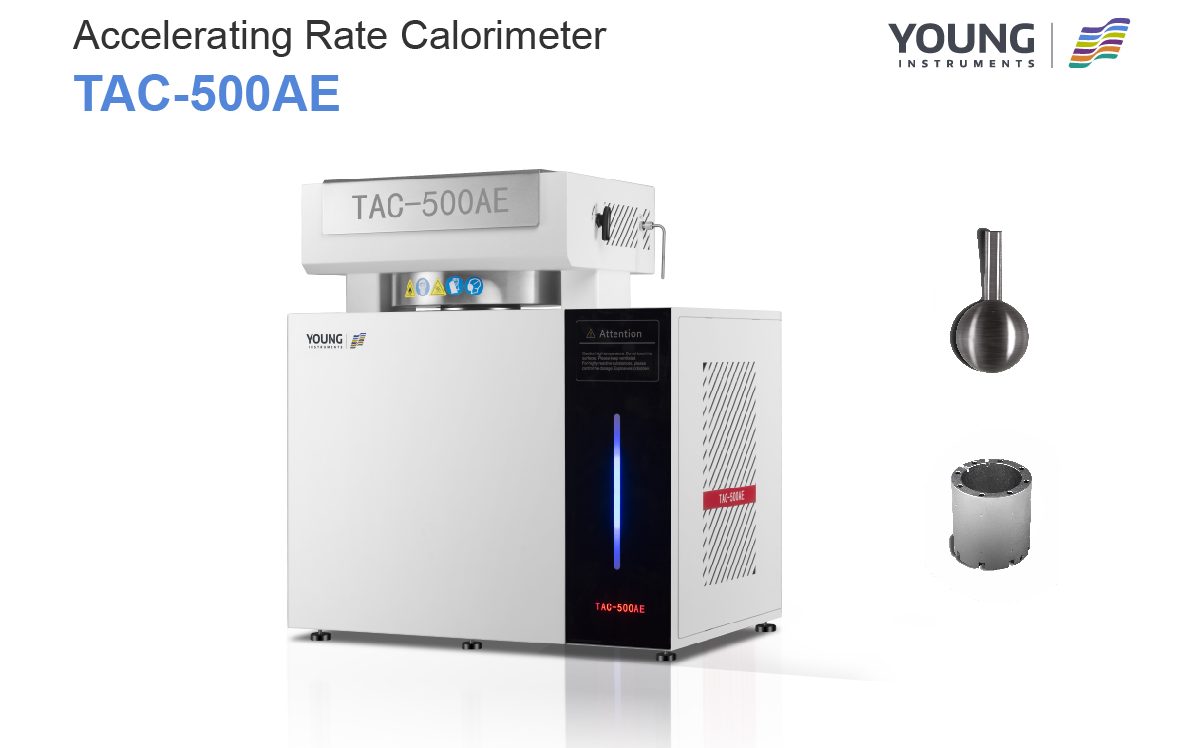Runaway Chemical Reactions—Accelerating Rate Calorimeter
Chemical production faces significant safety risks due to thermal hazards in process reactions. Exothermic reactions can quickly raise temperature, pressure, and reaction rates, risking system overheating and overpressure. This may lead to leaks of flammable materials, explosions, and toxic substance releases, posing threats to the environment and personnel. Such incidents cause substantial equipment damage and production shutdowns. Effective management of thermal hazards is essential to mitigate these risks and ensure safe operations in chemical manufacturing.
Definition of Reaction Risk Assessment
Significance of Reaction Risk Assessment
In chemical manufacturing, conducting thorough reaction risk assessments is pivotal to pinpoint potential hazards within process reactions. This encompasses evaluating the thermal stability of raw materials, intermediates, products, by-products, and waste. These assessments play a critical role in accident prevention and in maintaining safe production environments.
Importance of Thermal Stability Testing
Central to reaction risk assessment is thermal stability testing, which entails examining how materials behave under varying temperature conditions. This process aids in identifying temperature thresholds where materials may become unstable, thereby averting uncontrolled reactions and potential accidents during production.
Role of Thermodynamic and Kinetic Studies
The implementation of thermodynamic and kinetic studies is essential for comprehending the energy transformations and reaction velocities within chemical processes. These studies offer valuable insights into conditions that might pose risks, facilitating the development of effective strategies to manage and mitigate these risks across chemical production operations.
Product Introduction
The Adiabatic Reaction Calorimeter (ARC) TAC-500AE is an essential tool in reaction safety risk assessments. It accurately measures the adiabatic heat release data of chemical substances within a safe, controlled laboratory environment. By simulating exothermic reactions under extreme conditions, the ARC provides realistic insights into potential thermal hazards. This capability is critical for understanding the behavior of chemicals during such reactions, ensuring that safety measures can be appropriately developed and implemented.
Applications of TAC-500AE
The TAC-500AE is versatile in its application, conducting thermal analysis on both solid and liquid chemicals. It evaluates potential hazards in various mixtures, including gas/liquid, liquid/liquid, gas/solid, and liquid/solid combinations. Additionally, it supports continuous liquid/gas feeding reaction systems. The TAC-500AE provides reliable thermal safety analysis across a broad range of industries, including organic chemicals, petrochemicals, pharmaceuticals, soil chemicals, fine organic chemicals, polymers, and high-energy explosives. This wide applicability makes it an invaluable resource for safety and process optimization.
Advanced Features and Specifications
The ARC supports multiple operational modes, including Heating-Waiting-Search (HWS), isothermal, and constant rate scanning modes. It comes with professional data analysis software that automatically calculates critical parameters such as heat release onset temperature, adiabatic temperature rise, activation energy, and pre-exponential factor. The software aligns with emergency management guidelines for safety risk assessment of fine chemical reactions, offering comprehensive hazard degree assessments.
The ARC can connect to an inert gas for rapid furnace cooling post-experiment and features status indicators and alarms for overpressure and overtemperature. It also includes an automatic furnace lid lifting function for safety and ease of operation.
Designed with a user-friendly interface, the ARC is simple to learn, understand, and operate. Its specifications include a working environment range of 5°C to 40°C with less than 85% relative humidity, a temperature range from room temperature to 500°C, and precise detection and tracking capabilities. The sample test amount is 8mL, and the test-cell material options include stainless steel, titanium alloy, and Hastelloy. The device interfaces via USB or RJ45 and operates on AC220V/50Hz power, consuming less than 3000W.

Reaction Risk Assessment Includes
Assessing Reaction Heat and Risk Levels
In the chemical industry, assessing the reaction heat of hazardous chemical reactions initiates the process of risk assessment. This step provides crucial, quantifiable data that is essential for understanding the thermal hazards associated with various chemical processes. By evaluating the magnitude of risks posed by these reactions, industries can proactively implement preventive measures to mitigate potential accidents. Accurate assessment of reaction heat informs the development of safer processes and protocols, thereby reducing the likelihood of incidents that could endanger personnel and operational continuity.
Enhancing Process Efficiency through Thermal Stability Data
A fundamental aspect of reaction risk assessment involves providing thermal stability data for chemical substances. This data plays a pivotal role in optimizing processes by fine-tuning operational parameters to ensure both safety and efficiency. By systematically identifying and evaluating hazardous factors and risk levels within operational processes, equipment, and facilities, industries can bolster their risk management strategies. Comprehensive thermal stability data enables proactive identification of potential hazards, facilitating timely interventions and adjustments in production practices to maintain optimal safety standards.
Mitigating Hazards and Ensuring Safety Compliance
The overarching objective of reaction risk assessment is to eliminate or minimize accident hazards, thereby reducing safety risks to acceptable levels. By effectively controlling major risks, industries can cultivate a safer working environment and uphold operational reliability. This comprehensive approach involves not only identifying potential hazards but also implementing robust control measures to mitigate risks. Through ongoing monitoring and assessment practices, industries can adapt to evolving challenges and sustain a rigorous commitment to safety, ensuring that all operations adhere to the highest safety standards possible.
Final Words
The Adiabatic Reaction Calorimeter (ARC) is indispensable in the chemical industry, providing critical data for assessing reaction safety risks. Its capability to replicate extreme conditions and measure adiabatic heat release offers realistic insights into thermal hazards, facilitating the development of effective safety protocols. Equipped with advanced features such as automated data analysis, inert gas compatibility, and intuitive design, the ARC not only enhances safety but also boosts operational efficiency in chemical production. Integration of this technology enables industries to mitigate risks significantly, refine operational procedures, and foster a secure working environment.







































